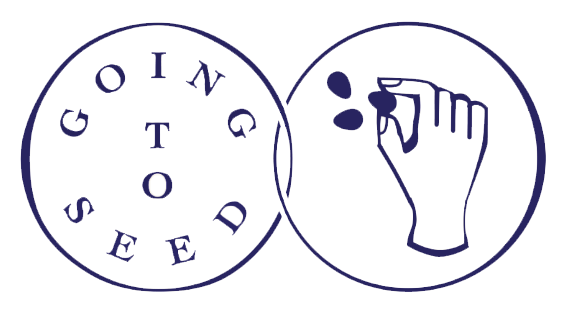Resources on Nutrient-Dense Gardening
Recommended Books
- Eating on the Wild Side, by Jo Robinson
- The Dorito Effect, by Mark Schatzker
- Landrace Gardening, by Joseph Lofthouse
- Darwinian Agriculture, by R. Ford Denison
Podcasts
In Defense of Plants- Episode 479: Insights into Nightshade Defenses with Dr. Rupesh Kariyat
- Episode 459: Pigments and Plant Stress with Niky Hughes
Documentary
- Seeds: Half the Nutrients and Double the Price? A Deutsche Welle Documentary
Online Courses
- Adaptation Gardening (Joseph Lofthouse and guests)
- How Microbes Help Plants Adapt (Dr James White). Contains lessons on endophytes, nutrient density, and the rhizophagy cycle
Studies and articles
Genetics and Plant Breeding
- Increased yields correspond to lower nutrient density: From: Nutrient Density Decline Linked to the Dilution Effect--
- “Tomatoes resistant to blossom end rot are better at accumulating calcium in the fruit.” Blossom end rot is more controlled by genetics than by lack of calcium or inconsistent watering. From: Calcium and Magnesium Concentration of Inbred and Hybrid Broccoli Heads
- “Simmonds (1995) reviewed 106 experiments since 1938 showing consistently strong inverse relations between yield and protein concentration in six cereal grains. From: From Davis, D.R. (2009) Declining fruit and vegetable nutrient composition: What is the evidence? HortScience, 44, 15–1
- Summary: Secondary metabolite production is costly to plants. Most plants only make toxins once they are under attack. So having them present all the time has been evolutionarily rejected. We need to identify tradoffs and decide if they are worth the benefits. From Darwinian Agriculture, by R. Ford Denison
Microbes
- See online course section above for a series of interviews with Dr James White. Includes links to his other work on the Rhizophagy Cycle.
- Modern Tomato Varieties don’t develop beneficial relationships with trichoderma Harzanium, from Modern tomatoes can’t get same soil microbe boost as ancient ancestors.
- P. indica enhances barley's resistance to fungal diseases and salt stress by inducing systemic defense and boosting antioxidative capacity. From The endophytic fungus Piriformospora indica reprograms barley to salt-stress tolerance, disease resistance, and higher yield
Plant Stress Increases Nutrient Density
- “When the volunteers were exposed to enough UV rays to produce a modest sunburn, the people who had been consuming tomato paste were 40% less red overall.”
- Also Read: More on the xenohormetic live food hypothesis – synergies among polyphenols, additional post-harvest plant stressors and stress responses, plant polyphenol transcription factors, and more.
- “How could healthier soil not lead to healthier food? From the perspective of agriculture—specifically, the noble soil farmer investing in nutritive health through time-honored methods—the question certainly merits some head scratching. From: Healthy Benefits of Stressed out Plants
- A more global question in this context is whether we are losing important health and nutritional benefits by consuming agricultural products grown in soils and conditions that maximize crop yield but that minimize the stress that would have existed in more natural environments. Xenohormesis: Health Benefits from eons of plant stress
- “To combat herbivory, plants have evolved a broad range of defense mechanisms”(Abebe, 2021). From Myco-Synergism Boosts Herbivory-Induced Maize Defense by Triggering Antioxidants and Phytohormone Signaling
Genetic Diversity: the relationship to nutrient density
- “It is well established that inbreeding can increase a plant’s susceptibility to herbivores by diminishing morphological and chemical defences (Campbell et al., 2013; Kariyat et al., 2012; Kalske et al., 2014)”
- “Our findings suggest that inbreeding compromises herbivory‐induced metabolic defences in S. latifolia, and simultaneously reduces the nutritional quality of plants.” “Herbivores consumed more biomass from, but showed reduced growth on, inbred than outbred native plants.” “In accordance with our hypothesis, inbred S. latifolia plants from both distribution ranges for the most part incurred higher infestation damage from natural enemies in the common garden than outbreds. Plants often exhibit increased susceptibility to enemies following inbreeding.” From: Inbreeding diminishes herbivore‐induced metabolic responses in native and invasive plant populations [2019]
- "As compared to outbred plants, inbreds may exhibit a lower expression of genes involved in the induction of defense compounds" From: Release from natural enemies mitigates inbreeding depression in native and invasive Silene latifolia populations
